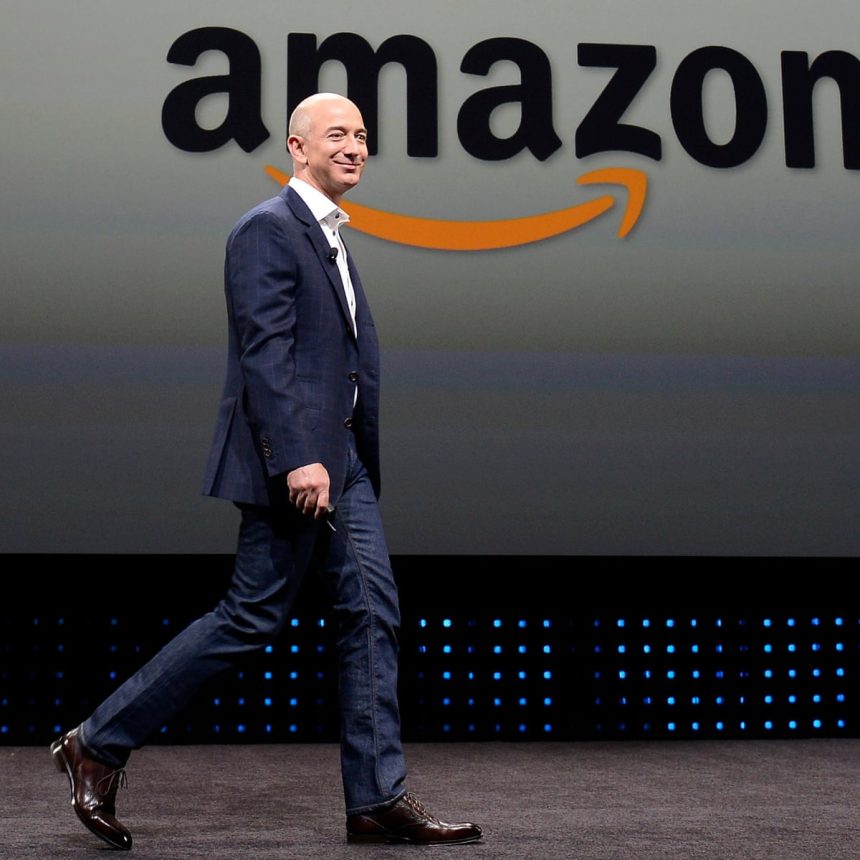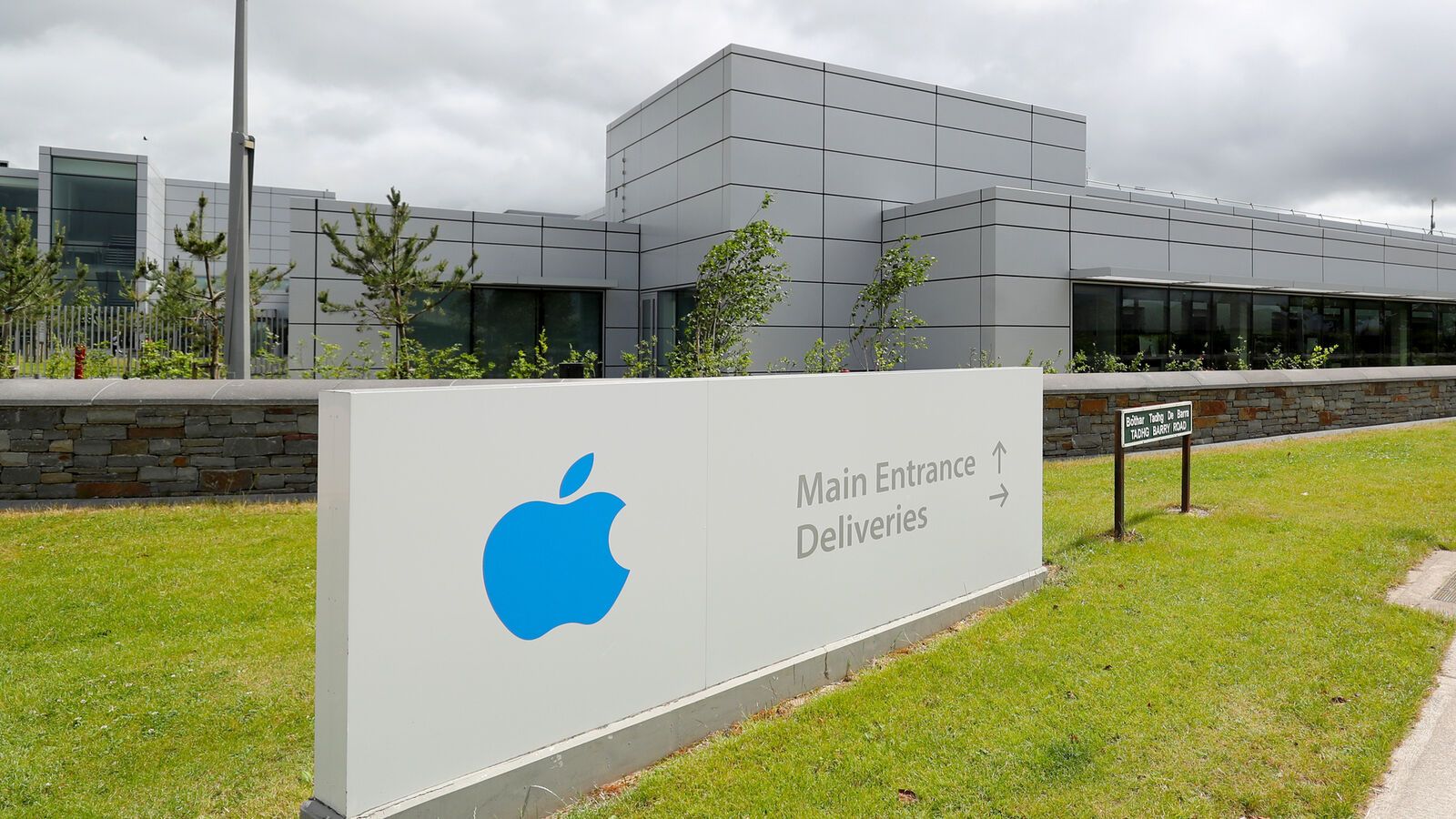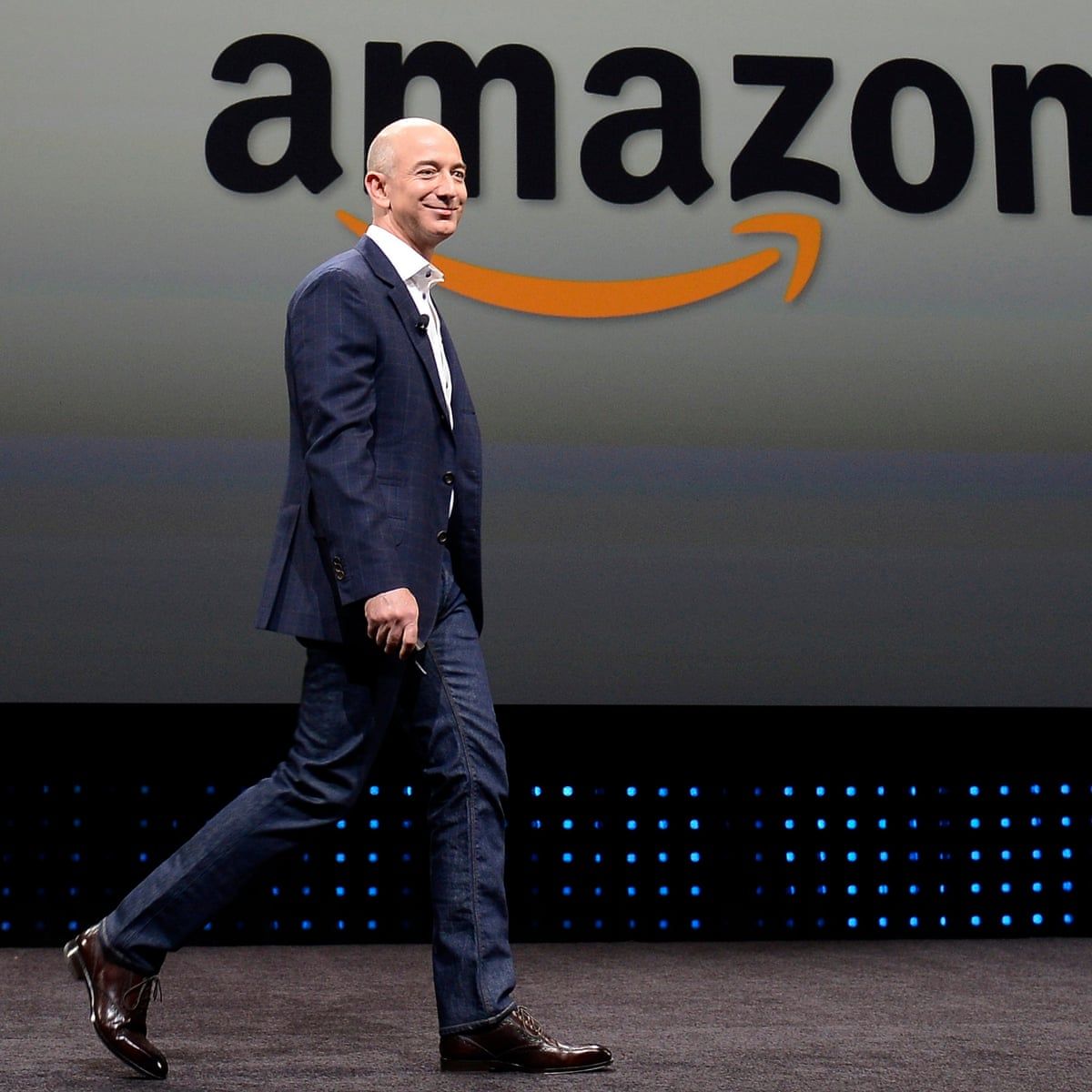Dive into the fascinating world of the top ten biggest business empires and explore their incredible journeys to success. This topic uncovers the stories behind the most powerful and influential companies that have shaped industries, economies, and even the way we live.From humble beginnings to global domination, these business empires showcase the vision, grit, and innovation of their founders. Learn how iconic brands and corporations climbed to the top through smart strategies, bold risks, and adaptability in the face of challenges. Whether it’s tech giants revolutionizing the digital age, retail kings transforming shopping habits, or industrial titans building the backbone of modern society, each empire has a unique tale of ambition and triumph. Discover what drives these massive organizations, the key decisions that fueled their growth, and the lessons aspiring entrepreneurs can take from their paths to greatness. Perfect for anyone curious about business success, leadership, or the forces behind the world’s wealthiest and most enduring companies, this exploration celebrates the remarkable achievements of the top ten business empires and the legacies they continue to build.
Top Ten Biggest Business Empires And Their Journey To Success
10. CVS Health
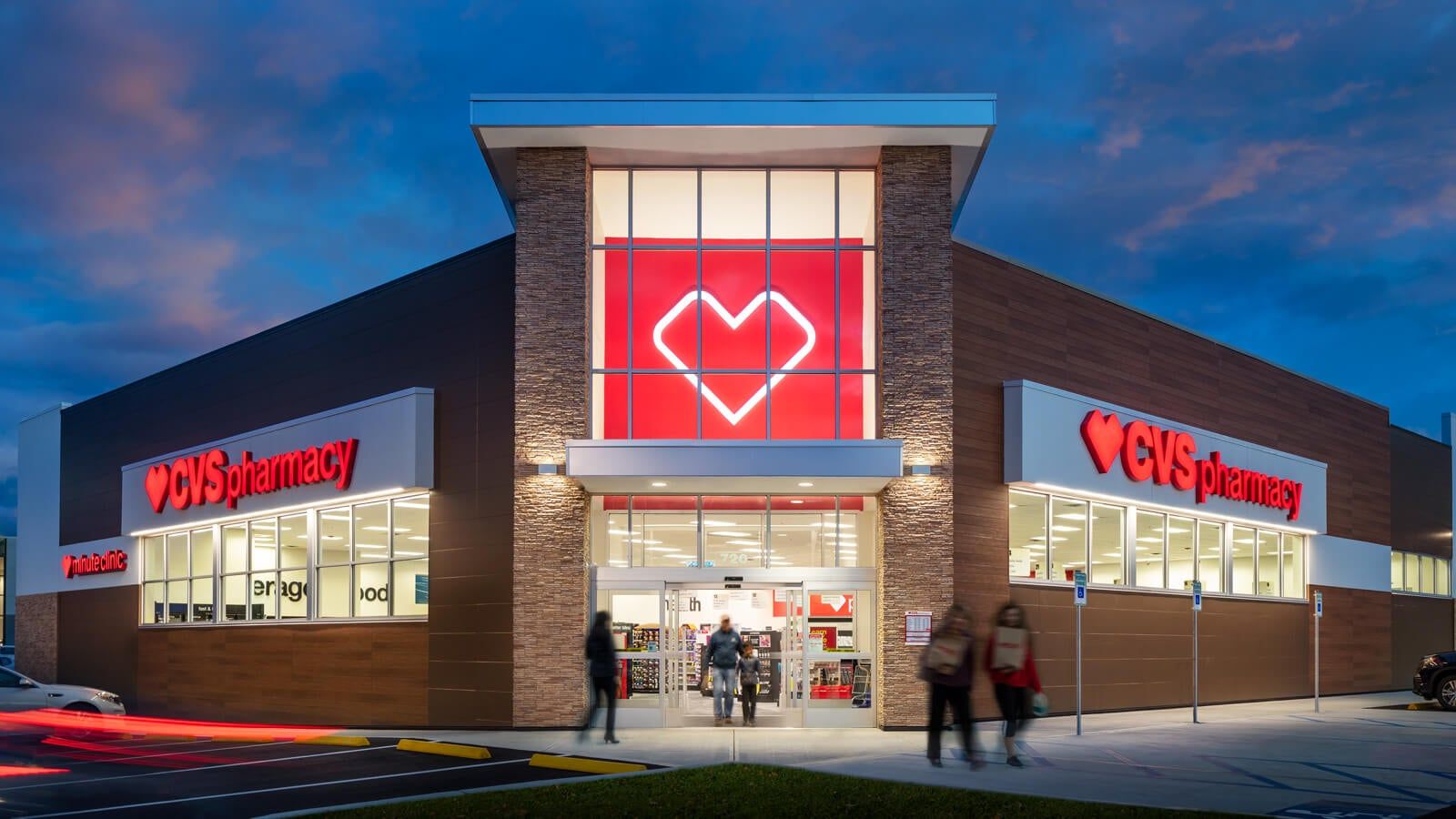 CVS Health, originally Consumer Value Stores, was founded in 1963 in Lowell, Massachusetts, by Stanley and Sidney Goldstein and Ralph Hoagland. Initially focused on health and beauty products, it expanded by opening pharmacy departments in 1967 in Rhode Island. By 1969, it was sold to Melville Corporation, marking the start of rapid growth. By 1970, it operated 100 stores in New England and the Northeast, and acquisitions like 84 Clinton Drug stores in 1972 and 36 Mack Drug stores in 1977 extended its reach to the Midwest and New Jersey.
CVS Health, originally Consumer Value Stores, was founded in 1963 in Lowell, Massachusetts, by Stanley and Sidney Goldstein and Ralph Hoagland. Initially focused on health and beauty products, it expanded by opening pharmacy departments in 1967 in Rhode Island. By 1969, it was sold to Melville Corporation, marking the start of rapid growth. By 1970, it operated 100 stores in New England and the Northeast, and acquisitions like 84 Clinton Drug stores in 1972 and 36 Mack Drug stores in 1977 extended its reach to the Midwest and New Jersey.
The 1990s saw significant expansion with the acquisition of 500 Peoples Drug stores, entering mid-Atlantic markets, and 2,500 Revco stores in 1997, strengthening its Midwest and Southeast presence. The 2000s brought further growth, acquiring 1,268 Eckerd stores in 2004 and 700 Albertsons drug stores in 2006, making it one of the largest pharmacy chains. The 2007 merger with Caremark Rx for pharmacy benefit management (PBM) was a pivotal move, creating CVS Caremark and diversifying revenue streams. In 2014, it rebranded to CVS Health, ceasing tobacco sales to align with health goals, and acquired Coram and 33 Navarro Discount Pharmacy stores, expanding specialty care.The 2018 acquisition of Aetna for $69 billion, pending government approval, was a transformative step, integrating health insurance with pharmacy services. Recent moves include acquiring Signify Health for $8 billion in 2022 and Oak Street Health for $10.6 billion in 2023, focusing on value-based care. By 2024, CVS Health reported revenue of $357.8 billion, operating 9,135 locations, with a focus on integrated healthcare services, reflecting its journey from retail pharmacy to a healthcare empire
9. Berkshire Hathaway
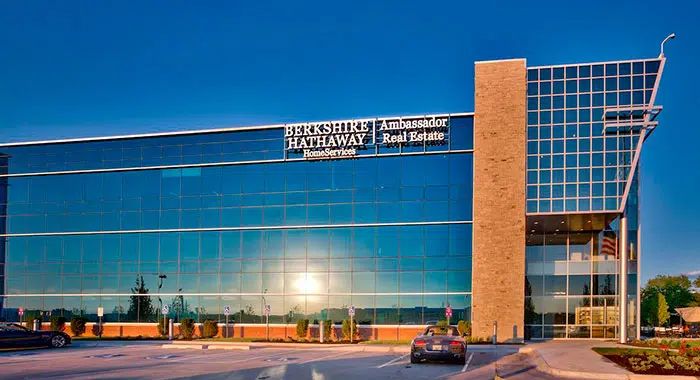 Berkshire Hathaway originated as a textile manufacturer, formed in 1955 from the merger of Hathaway Manufacturing Company and Berkshire Fine Spinning Associates, with 15 plants, over 12,000 workers, and over $120 million in revenue, headquartered in New Bedford. By the late 1950s, it faced challenges, closing seven locations with significant layoffs. Warren Buffett began buying stock in 1962 for $7.50 per share, owning 7% by 1963, and took control in 1965 after a dispute over a tender offer, firing Seabury Stanton. Buffett later called this his biggest investment mistake, estimating a $200 billion loss in compounded returns over 45 years, as the textile operations shut down in 1985.Buffett transformed Berkshire into an investment conglomerate, starting with the acquisition of National Indemnity Company in 1967 for $8.6 million, marking its entry into insurance. Key acquisitions followed, including See’s Candies in 1972 for $25 million, returning over $2 billion by 2019 (8,000% return), GEICO in 1996 for $2.3 billion, Nebraska Furniture Mart in 1983 for $60 million, and BNSF Railway in 2010 for $26 billion, its largest to date. Precision Castparts was acquired in 2016 for $32.1 billion, later written down by $10 billion in 2020. Recent acquisitions include Alleghany Corporation in 2022 for $11.6 billion.Berkshire’s investment strategy focuses on evergreen businesses with predictable returns, using insurance float as capital. It holds significant stakes in Apple (reduced by 50% in 2024, selling $75.5 billion worth), Coca-Cola, and American Express. Shareholder returns had a 19.8% CAGR from 1965 to 2023, compared to the S&P 500’s 10.2%, with negative performance in only 11 years. By 2024, it reported revenue of $364.5 billion, a market cap over $1 trillion, ranking ninth on the Fortune Global 500, reflecting its journey from textiles to a global investment empire.8. UnitedHealth Group
Berkshire Hathaway originated as a textile manufacturer, formed in 1955 from the merger of Hathaway Manufacturing Company and Berkshire Fine Spinning Associates, with 15 plants, over 12,000 workers, and over $120 million in revenue, headquartered in New Bedford. By the late 1950s, it faced challenges, closing seven locations with significant layoffs. Warren Buffett began buying stock in 1962 for $7.50 per share, owning 7% by 1963, and took control in 1965 after a dispute over a tender offer, firing Seabury Stanton. Buffett later called this his biggest investment mistake, estimating a $200 billion loss in compounded returns over 45 years, as the textile operations shut down in 1985.Buffett transformed Berkshire into an investment conglomerate, starting with the acquisition of National Indemnity Company in 1967 for $8.6 million, marking its entry into insurance. Key acquisitions followed, including See’s Candies in 1972 for $25 million, returning over $2 billion by 2019 (8,000% return), GEICO in 1996 for $2.3 billion, Nebraska Furniture Mart in 1983 for $60 million, and BNSF Railway in 2010 for $26 billion, its largest to date. Precision Castparts was acquired in 2016 for $32.1 billion, later written down by $10 billion in 2020. Recent acquisitions include Alleghany Corporation in 2022 for $11.6 billion.Berkshire’s investment strategy focuses on evergreen businesses with predictable returns, using insurance float as capital. It holds significant stakes in Apple (reduced by 50% in 2024, selling $75.5 billion worth), Coca-Cola, and American Express. Shareholder returns had a 19.8% CAGR from 1965 to 2023, compared to the S&P 500’s 10.2%, with negative performance in only 11 years. By 2024, it reported revenue of $364.5 billion, a market cap over $1 trillion, ranking ninth on the Fortune Global 500, reflecting its journey from textiles to a global investment empire.8. UnitedHealth Group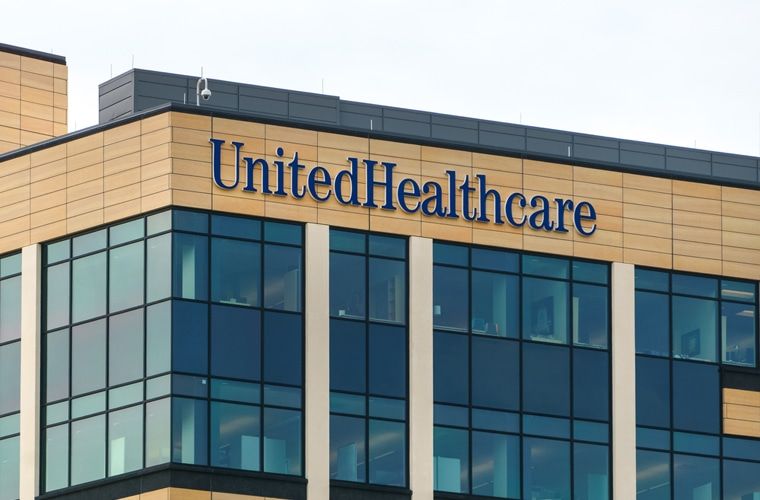 UnitedHealth Group was founded in 1974 as Charter Med Incorporated by Richard Taylor Burke, processing claims for Hennepin County Medical Society. In 1977, UnitedHealthcare Corporation was founded to purchase Charter Med, creating a network-based health plan for seniors. It became publicly traded in 1984, starting pharmacy benefit management with Diversified Pharmaceutical Services in 1988, sold to SmithKline Beecham in 1994 for $2.3 billion. Key acquisitions included The MetraHealth Companies Inc. in 1995 for $1.65 billion, HealthPartners of Arizona in 1998, and GeoAccess and AmeriChoice in 2002, expanding Medicaid insurance.The 2004 acquisition of Oxford Health Plans and 2005 acquisition of PacifiCare Health Systems marked significant growth, with the latter requiring divestitures for antitrust approval. In 2011, Optum was formed, acquiring Logistics Health, Inc., and expanding into healthcare services. Recent acquisitions include Rally Health (2017), Davita Medical Group for $4.3 billion in 2019, and Change Healthcare in 2022, despite antitrust concerns. By 2024, it reported revenue of $371.6 billion, focusing on integrating insurance with healthcare delivery, making it a leader in the sector.
UnitedHealth Group was founded in 1974 as Charter Med Incorporated by Richard Taylor Burke, processing claims for Hennepin County Medical Society. In 1977, UnitedHealthcare Corporation was founded to purchase Charter Med, creating a network-based health plan for seniors. It became publicly traded in 1984, starting pharmacy benefit management with Diversified Pharmaceutical Services in 1988, sold to SmithKline Beecham in 1994 for $2.3 billion. Key acquisitions included The MetraHealth Companies Inc. in 1995 for $1.65 billion, HealthPartners of Arizona in 1998, and GeoAccess and AmeriChoice in 2002, expanding Medicaid insurance.The 2004 acquisition of Oxford Health Plans and 2005 acquisition of PacifiCare Health Systems marked significant growth, with the latter requiring divestitures for antitrust approval. In 2011, Optum was formed, acquiring Logistics Health, Inc., and expanding into healthcare services. Recent acquisitions include Rally Health (2017), Davita Medical Group for $4.3 billion in 2019, and Change Healthcare in 2022, despite antitrust concerns. By 2024, it reported revenue of $371.6 billion, focusing on integrating insurance with healthcare delivery, making it a leader in the sector.
7. Apple
Apple was founded on April 1, 1976, by Steve Jobs, Steve Wozniak, and Ronald Wayne in Los Altos, California, debuting the Apple I in July 1976 for $666.66 (equivalent to $3,700 in 2024). The Apple II, launched in 1977, became a bestseller, and the company went public in 1980, creating 300 millionaires with a market cap of $1.778 billion. The 1984 Macintosh, with its GUI and mouse, was revolutionary, though initial sales tapered off. Steve Jobs left in 1985, returning in 1997 after Apple’s acquisition of NeXT for $400 million, canceling 70% of models and ending 3,000 jobs.Under Jobs, Apple launched the iMac in 1998, selling 800,000 units in five months, the iPod in 2001 (over 100 million sold in six years), and the iPhone in 2007, selling 270,000 in the first 30 hours. The App Store (2008) and iPad (2010, 300,000 sold first day) further drove growth. By 2011, Tim Cook succeeded Jobs, and Apple surpassed Microsoft in market cap in 2010, reaching $2 trillion in 2020 and $3.74 trillion by December 2024. In 2024, it reported revenue of $383.3 billion, with 164,000 employees, reflecting its journey from personal computing to a global tech leader.
6. China National Petroleum Corporation (CNPC)
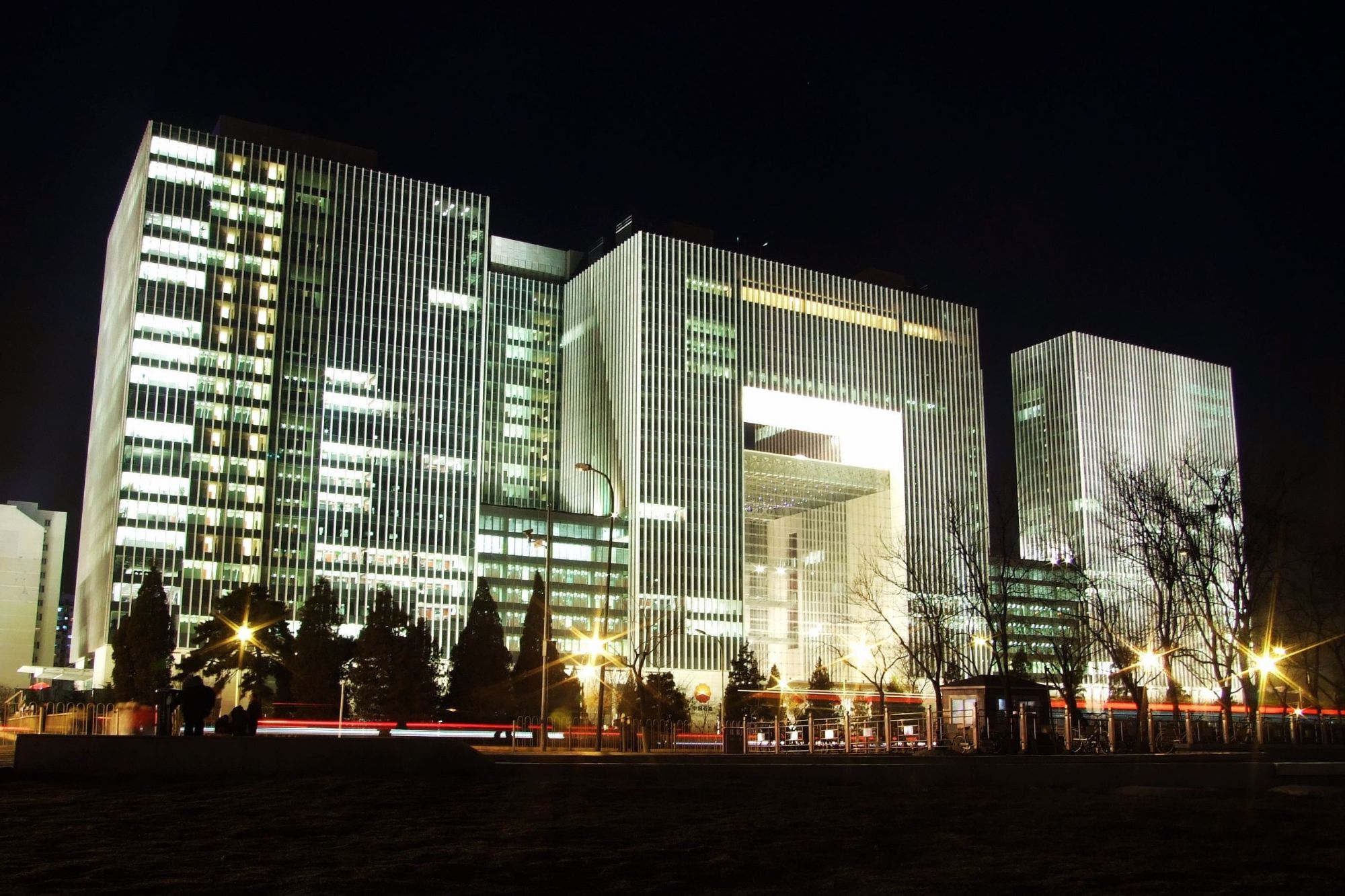 CNPC was formed on September 17, 1988, from the Ministry of Petroleum, established in 1949 as the Fuel Industry Ministry. It evolved through the Chief Petroleum Administration Bureau (1952) and Ministry of Petroleum (1955), discovering major oil fields like Daqing in the 1960s. International operations began in 1993 with SAPET signing a service contract in Peru. Key milestones include the 1997 establishment of Greater Nile Petroleum Operating Company (40% ownership in Sudan) and the 2005 acquisition of PetroKazakhstan for $4.18 billion, completed in October 2005, with 67% shares sold to PetroChina in 2006.PetroChina, its listed subsidiary, was spun off in 1998 and listed in 2000, with A-shares on the Shanghai Stock Exchange in 2007. CNPC’s global expansion, driven by China’s energy needs, included operations in politically unstable regions like Sudan and Iraq. By 2024, it reported revenue of $421.7 billion, with 1,090,345 employees and 178.64 million MT crude oil production in 2020, reflecting its journey to energy dominance.
CNPC was formed on September 17, 1988, from the Ministry of Petroleum, established in 1949 as the Fuel Industry Ministry. It evolved through the Chief Petroleum Administration Bureau (1952) and Ministry of Petroleum (1955), discovering major oil fields like Daqing in the 1960s. International operations began in 1993 with SAPET signing a service contract in Peru. Key milestones include the 1997 establishment of Greater Nile Petroleum Operating Company (40% ownership in Sudan) and the 2005 acquisition of PetroKazakhstan for $4.18 billion, completed in October 2005, with 67% shares sold to PetroChina in 2006.PetroChina, its listed subsidiary, was spun off in 1998 and listed in 2000, with A-shares on the Shanghai Stock Exchange in 2007. CNPC’s global expansion, driven by China’s energy needs, included operations in politically unstable regions like Sudan and Iraq. By 2024, it reported revenue of $421.7 billion, with 1,090,345 employees and 178.64 million MT crude oil production in 2020, reflecting its journey to energy dominance.
5. Sinopec Group
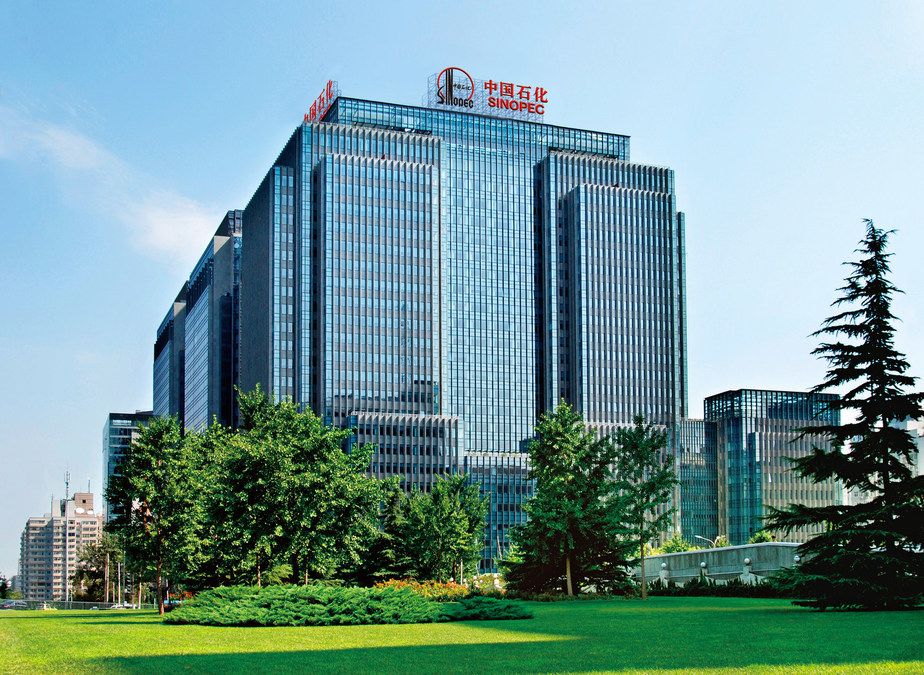 Sinopec Group was established on February 25, 2000, in Beijing, China, selected in 1994 for a pilot program to restructure state holding companies, enabling partial public listings. It went public in Hong Kong, New York, and London in October 2000, raising $3.5 billion, with Shanghai listing in June 2001. Pre-IPO, it cut over 200,000 jobs, focusing on downstream refining, expanding upstream since 1998 via asset swaps with CNPC.Key partnerships include a 2005 deal with BP for a $2.7 billion SECCO ethylene plant, bought out in 2017 for $1.68 billion, and a 2007 agreement with Saudi Aramco and Exxon for a Fujian refinery, tripling capacity to 240,000 barrels per day by 2009, with $3 billion invested from 2008 to 2019. International expansion included a 2004 deal in Iran for $70 billion, ceasing in 2019 due to sanctions, and the 2009 acquisition of Addax Petroleum for $7.24 billion, the largest foreign purchase by a Chinese company. By 2024, it reported revenue of $429.7 billion, focusing on renewables like geothermal and green hydrogen, with plans for 5,000 EV charging stations by 2025.
Sinopec Group was established on February 25, 2000, in Beijing, China, selected in 1994 for a pilot program to restructure state holding companies, enabling partial public listings. It went public in Hong Kong, New York, and London in October 2000, raising $3.5 billion, with Shanghai listing in June 2001. Pre-IPO, it cut over 200,000 jobs, focusing on downstream refining, expanding upstream since 1998 via asset swaps with CNPC.Key partnerships include a 2005 deal with BP for a $2.7 billion SECCO ethylene plant, bought out in 2017 for $1.68 billion, and a 2007 agreement with Saudi Aramco and Exxon for a Fujian refinery, tripling capacity to 240,000 barrels per day by 2009, with $3 billion invested from 2008 to 2019. International expansion included a 2004 deal in Iran for $70 billion, ceasing in 2019 due to sanctions, and the 2009 acquisition of Addax Petroleum for $7.24 billion, the largest foreign purchase by a Chinese company. By 2024, it reported revenue of $429.7 billion, focusing on renewables like geothermal and green hydrogen, with plans for 5,000 EV charging stations by 2025.
4. Saudi Aramco
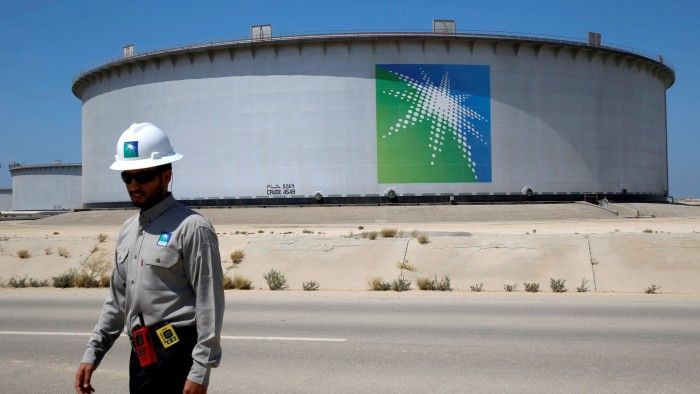 Saudi Aramco, founded on May 29, 1933, as California-Arabian Standard Oil, became Arabian American Oil Co. (Aramco) in 1944. It struck oil with Dammam No. 7 in 1938, producing 1,500 barrels per day, discovering Safaniya (1951, world’s largest offshore field) and Ghawar (1957, largest onshore). Ownership shifted, with the Saudi government acquiring 25% in 1973, 60% in 1974, and full control in 1988. In 1950, it agreed to 50/50 profit sharing with King Abdulaziz after nationalization threats.Production reached 8.6 million barrels per day by 2004, increasing to 12.5 mbpd by 2005 with a $50 billion investment, and 12.7 mbpd by 2024. The 2019 IPO raised $25.6 billion, the world’s largest, with shares at $8.53, valuing it at $1.88 trillion, surpassing $2 trillion on the second trading day. Global expansion included a 70% stake in SABIC for $69 billion in 2020 and a 2023 entry into South American fuel retailing via Esmax Distribución SPA. By 2024, it reported revenue of $494.9 billion, managing over 270 billion barrels of reserves, reflecting its journey as a global energy leader.
Saudi Aramco, founded on May 29, 1933, as California-Arabian Standard Oil, became Arabian American Oil Co. (Aramco) in 1944. It struck oil with Dammam No. 7 in 1938, producing 1,500 barrels per day, discovering Safaniya (1951, world’s largest offshore field) and Ghawar (1957, largest onshore). Ownership shifted, with the Saudi government acquiring 25% in 1973, 60% in 1974, and full control in 1988. In 1950, it agreed to 50/50 profit sharing with King Abdulaziz after nationalization threats.Production reached 8.6 million barrels per day by 2004, increasing to 12.5 mbpd by 2005 with a $50 billion investment, and 12.7 mbpd by 2024. The 2019 IPO raised $25.6 billion, the world’s largest, with shares at $8.53, valuing it at $1.88 trillion, surpassing $2 trillion on the second trading day. Global expansion included a 70% stake in SABIC for $69 billion in 2020 and a 2023 entry into South American fuel retailing via Esmax Distribución SPA. By 2024, it reported revenue of $494.9 billion, managing over 270 billion barrels of reserves, reflecting its journey as a global energy leader.
3. State Grid Corporation of China
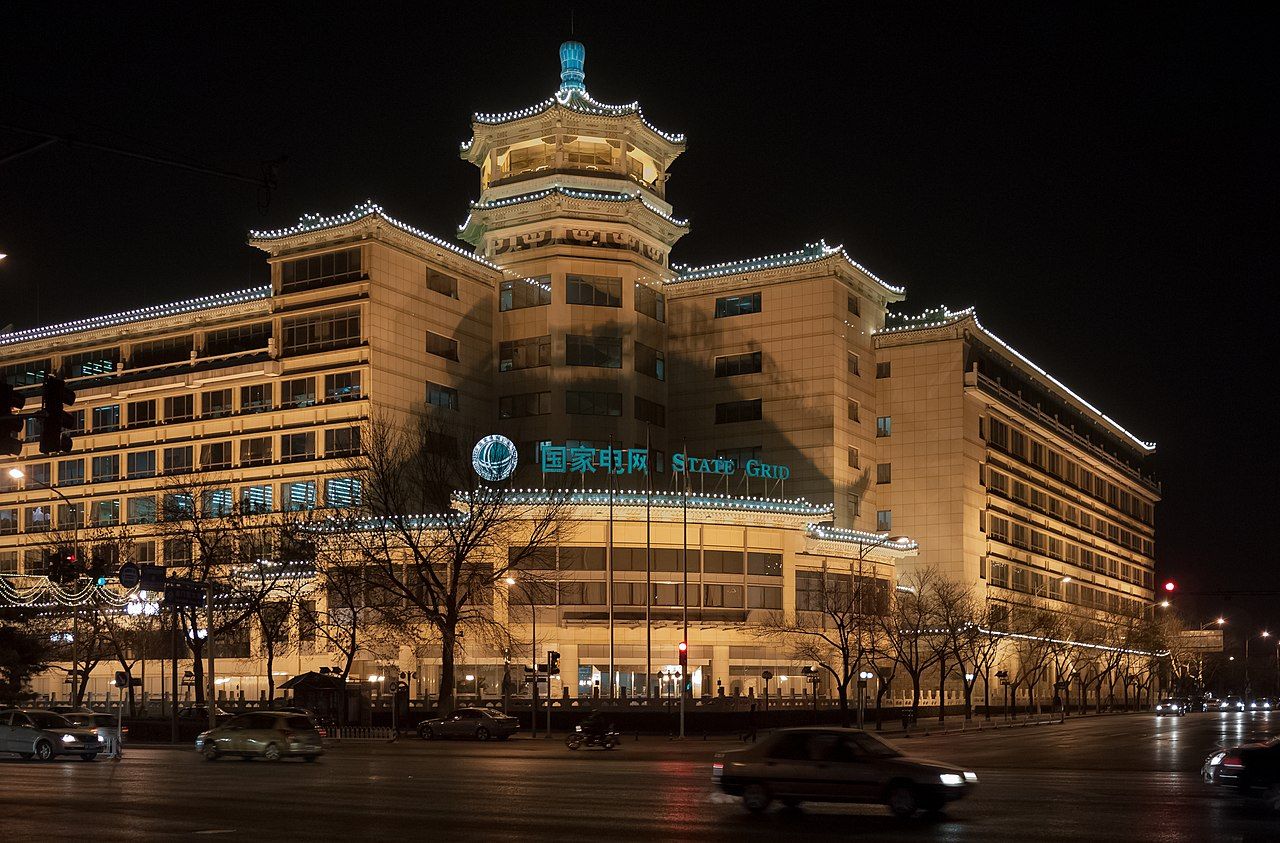 State Grid Corporation of China (SGCC) was formed on December 29, 2002, from the restructuring of the State Power Corporation of China, accounting for 80% of China’s grid, with a generation capacity of 6.47 gigawatts. It emerged during China’s 1986 power sector reform, with assets divided in 2002 into five generation groups and five regional subsidiaries. Early challenges included rolling blackouts from 2003 to 2005, with estimated losses of 1 trillion yuan.SGCC’s journey involved building the world’s largest power grid, with the first 1,000-kV AC line in 2009 and an 800-kV DC line in 2012, sending hydropower from Sichuan to Shanghai. It adopted a “one special, four large” strategy in 2013 under Chairman Liu Zhenya, focusing on UHV grids, hydropower, coal, nuclear, and renewables, increasing UHV R&D. By 2016, Shu Yinbiao continued with “re-electrification,” replacing coal with renewables. By 2024, it reported revenue of $545.9 billion, with 1.361 million employees, ranking third on the Fortune Global 500, reflecting its role in powering China’s growth.Recent developments in 2025 include a record investment of over 650 billion yuan ($88.7 billion) in China’s power grid, as reported by Reuters on January 15 2025. This investment focuses on building massive long-distance UHV transmission lines and starting new projects like pumped storage plants, underscoring SGCC’s commitment to modernization and sustainability.
State Grid Corporation of China (SGCC) was formed on December 29, 2002, from the restructuring of the State Power Corporation of China, accounting for 80% of China’s grid, with a generation capacity of 6.47 gigawatts. It emerged during China’s 1986 power sector reform, with assets divided in 2002 into five generation groups and five regional subsidiaries. Early challenges included rolling blackouts from 2003 to 2005, with estimated losses of 1 trillion yuan.SGCC’s journey involved building the world’s largest power grid, with the first 1,000-kV AC line in 2009 and an 800-kV DC line in 2012, sending hydropower from Sichuan to Shanghai. It adopted a “one special, four large” strategy in 2013 under Chairman Liu Zhenya, focusing on UHV grids, hydropower, coal, nuclear, and renewables, increasing UHV R&D. By 2016, Shu Yinbiao continued with “re-electrification,” replacing coal with renewables. By 2024, it reported revenue of $545.9 billion, with 1.361 million employees, ranking third on the Fortune Global 500, reflecting its role in powering China’s growth.Recent developments in 2025 include a record investment of over 650 billion yuan ($88.7 billion) in China’s power grid, as reported by Reuters on January 15 2025. This investment focuses on building massive long-distance UHV transmission lines and starting new projects like pumped storage plants, underscoring SGCC’s commitment to modernization and sustainability.
2. Amazon
Amazon was founded on July 5, 1994, by Jeff Bezos in Bellevue, Washington, initially as Cadabra, Inc., renamed Amazon in November 1994, launching for public sales on July 16, 1995, as an online bookstore. It went public in May 1997, expanding to music and videos in 1998, and diverse products by 1999. International expansion included acquiring UK and German book sellers in 1998. Key milestones include launching Amazon Web Services (AWS) in 2002, with Simple Storage Service (S3) and Elastic Compute Cloud (EC2) in 2006 and 2008, respectively.Acquisitions like Whole Foods for $13.4 billion in 2017 and Twitch for $970 million in 2014 diversified its business. By 2021, it surpassed Walmart as the world’s largest retailer outside China, with Amazon Prime having 200 million subscribers. Revenue grew from $0.5 million in 1995 to $574.8 billion in 2024, with net income from -$0.3 million to $59.25 billion, and employees from 614 in 1997 to 1,556,000 in 2024. Its journey is defined by innovation in e-commerce, logistics, and cloud computing, making it a global retail and tech leader.Recent developments in 2025 include the introduction of Alexa+, powered by generative AI, announced on February 26, 2025, enhancing voice interaction capabilities. Additionally, Amazon is testing AI-aided dubbing for select movies and shows on Prime Video, as reported by ABC News on March 6, 2025, showing its ongoing innovation in technology and customer experience.
1. Walmart
 Walmart was founded by Sam Walton on July 2, 1962, with the first Wal-Mart Discount City in Rogers, Arkansas, focusing on low prices for high-volume sales. It incorporated as Wal-Mart, Inc. in 1969, going public in 1970, with the first stock split in 1971 at $47 per share. By 1988, it was the most profitable U.S. retailer, becoming the largest by revenue by 1990. Expansion included coast to coast coverage by the early 1990s, with Sam’s Club opening in New Jersey in 1989 and first California store in 1990.International growth started in 1991 with Mexico, followed by Canada (1994), South America (1995), and Europe (1999, buying Asda for $10 billion). By 2005, it had 6,200 facilities, with 3,800 U.S. and 2,800 international, and 1.6 million employees. Revenue grew to $648.1 billion by 2024, maintaining its position as the world’s largest retailer. Its journey is marked by operational efficiency, global expansion, and a focus on affordability, serving millions worldwide.
Walmart was founded by Sam Walton on July 2, 1962, with the first Wal-Mart Discount City in Rogers, Arkansas, focusing on low prices for high-volume sales. It incorporated as Wal-Mart, Inc. in 1969, going public in 1970, with the first stock split in 1971 at $47 per share. By 1988, it was the most profitable U.S. retailer, becoming the largest by revenue by 1990. Expansion included coast to coast coverage by the early 1990s, with Sam’s Club opening in New Jersey in 1989 and first California store in 1990.International growth started in 1991 with Mexico, followed by Canada (1994), South America (1995), and Europe (1999, buying Asda for $10 billion). By 2005, it had 6,200 facilities, with 3,800 U.S. and 2,800 international, and 1.6 million employees. Revenue grew to $648.1 billion by 2024, maintaining its position as the world’s largest retailer. Its journey is marked by operational efficiency, global expansion, and a focus on affordability, serving millions worldwide.
Recent developments as of March 2025 include a cautious forecast for 2025 due to economic uncertainties and tariffs, with shares falling amid consumer spending worries, as reported by AP News on February 20, 2025. Despite this, Walmart continues to attract customers with competitive pricing, reflecting its resilience in the retail sector.

